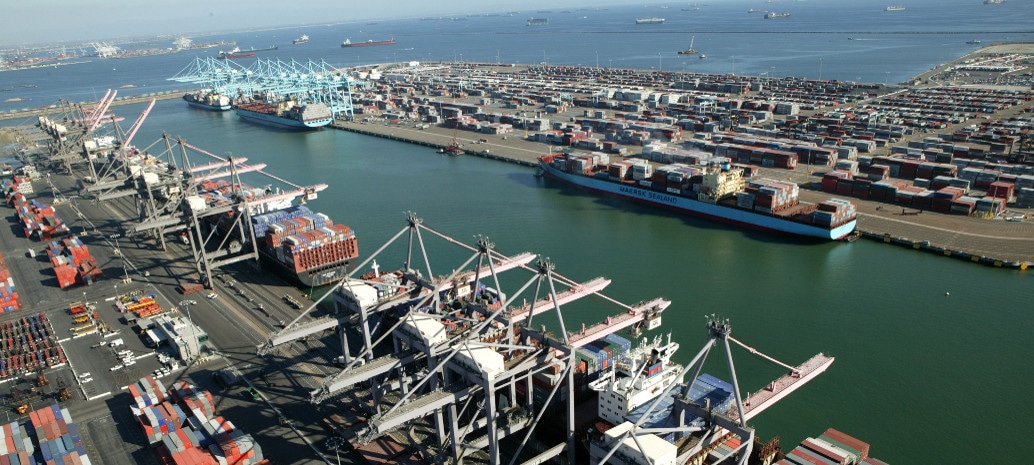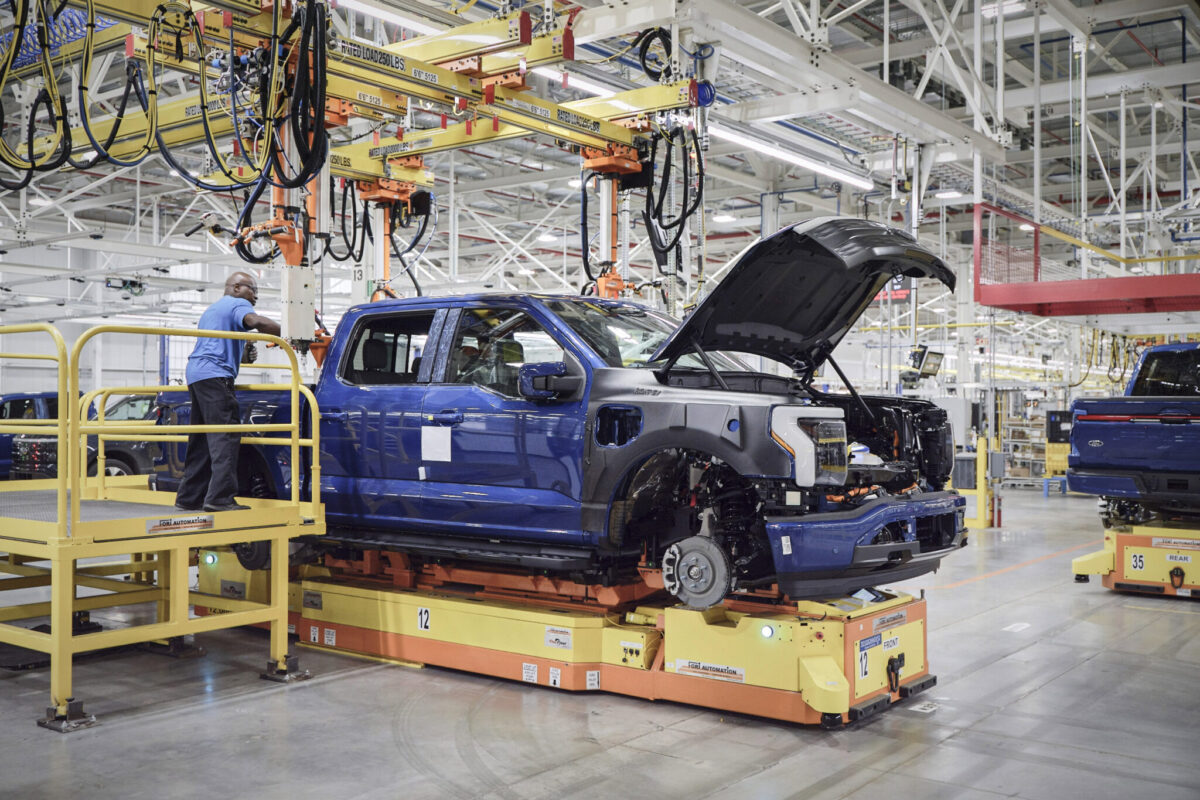The Port of Los Angeles and Pasha Stevedoring & Terminals L.P. are launching a $27 million project that feature a 1 MW rooftop solar installation backed by a 2.6 MW battery storage system.
Burns & McDonnell is providing design-build engineering and overall project management services for the Green Omni Terminal Demonstration Project, which will also integrate a number of electric vehicles and cargo handling equipment into terminal operations. The microgrid will serve as a showcase of how clean and sustainable energy solutions “can revolutionize marine terminal operations” and allow terminal operations to continue in the event of a widespread power outage, Burns & McDonnell said.
The California Air Resources Board is partially funding the project with $14.5 million as part of a wide-ranging effort to reduce greenhouse gases and other pollutants throughout the state.
“The Port of Los Angeles is the busiest gateway for commerce in America, so what better place to demonstrate an all-new approach to eliminating greenhouse gases and other harmful emissions,” said Renita Mollman, vice president and general manager of Burns & McDonnell’s California region.
Matt Wartian will serve as project manager for the duration of the engineering design, construction and startup phases of the project. Engineering is set to begin this month, with construction beginning in October and completion by mid-2017.
“The Port of Los Angeles is leading the world toward a sustainable future, and today we’re raising the bar again,” said Los Angeles Mayor Eric Garcetti. “With this partnership, we begin a new era for global shipping where we can eliminate emissions as we power our economy ahead. I look forward to seeing this innovative technology in action.”
While Burns & McDonnell has executed a number of microgrid projects incorporating solar and zero emissions technology, in the past, Wartian said the Omni Green Terminal Project “will set a whole new standard.” He added, “We expect a number of other facilities will be launching similar zero-emissions projects based on the results from the Omni Green Terminal.”
The solar power system will be the centerpiece of the project, Burns & McDonnell stressed. It will operate in parallel with the Los Angeles area grid through sophisticated energy management system controls that will enable the terminal to “island” and continue operating as a microgrid for a limited period of time in the event of a widespread power outage, the company said.
“With key elements of the Omni Terminal remaining operational during an outage, it will function as a depot for emergency goods and services to the broader Southern California region.”
The terminal will likewise feature charging infrastructure to convert AC to DC power needed for battery-powered vehicles and equipment. The chargers allow battery-stored electricity to be converted to AC power needed for motors and drives or to charge other vehicles. Electric equipment at the terminal will include battery-powered drayage trucks and yard tractors to move goods throughout the terminal and two 21-ton forklifts and a top handler for loading and unloading goods.
The Omni Green Terminal will also employ a ShoreCat Marine Exhaust Treatment System that can capture more than 90% of emissions from stacks of berthed ships at the terminal. Berthed ships are the largest sources of greenhouse gases and priority pollutants at marine ports worldwide.
“The Green Omni Terminal Project will be a scalable model to upgrade the 26 other terminals at the Port of Los Angeles, as well as other terminals worldwide” Wartian said.
Jeffrey Burgin, senior vice president of Pasha, added, “This is a Wright Brothers moment. We’re going to be the proving ground to change the paradigm of how large industrial facilities can run on clean energy. We’re confident we can show this is absolutely attainable.”
Another solar+storage project is underway in Tucson, Arizona. Tucson Electric Power (TEP) has contracted E.ON and Greensmith Energy to provide frequency response and voltage control from the 10 MW Iron Horse Battery Energy Storage Project — which employs lithium titanate oxide batteries supplied by Landis+Gyr – that will be linked to a 2 MW solar array. The project, located at the University of Arizona Science and Technology Park, is scheduled to be completed by in the first quarter of 2017.
This content is protected by copyright and may not be reused. If you want to cooperate with us and would like to reuse some of our content, please contact: editors@pv-magazine.com.








1 comment
By submitting this form you agree to pv magazine using your data for the purposes of publishing your comment.
Your personal data will only be disclosed or otherwise transmitted to third parties for the purposes of spam filtering or if this is necessary for technical maintenance of the website. Any other transfer to third parties will not take place unless this is justified on the basis of applicable data protection regulations or if pv magazine is legally obliged to do so.
You may revoke this consent at any time with effect for the future, in which case your personal data will be deleted immediately. Otherwise, your data will be deleted if pv magazine has processed your request or the purpose of data storage is fulfilled.
Further information on data privacy can be found in our Data Protection Policy.